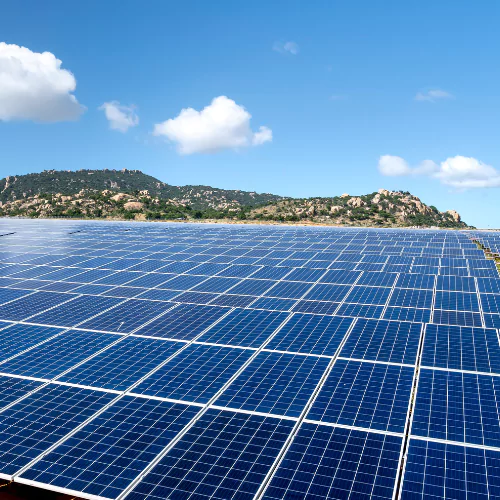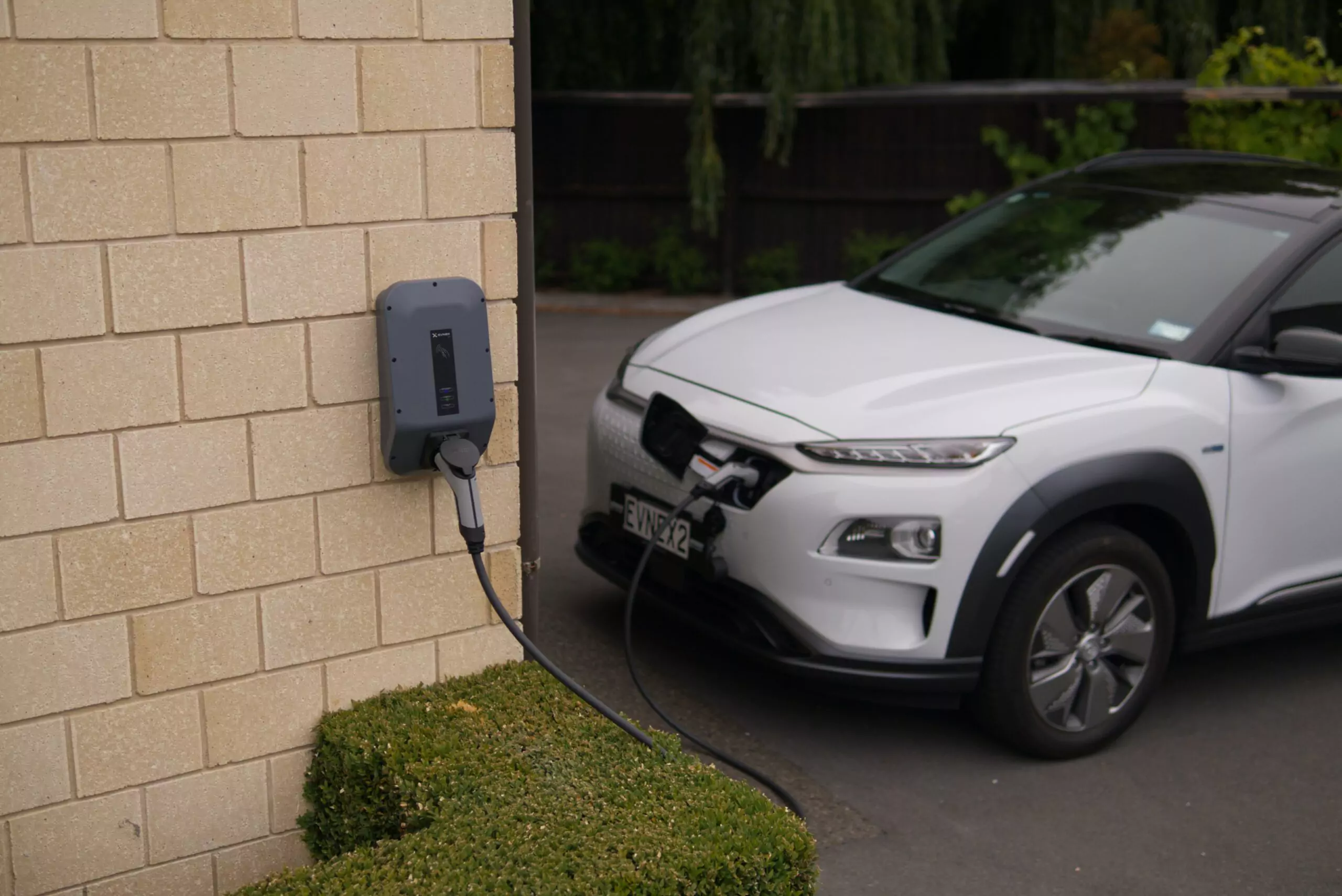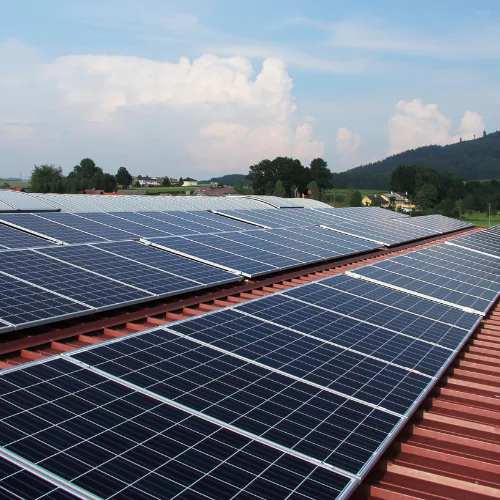Picking the Perfect Panel: A Guide to Solar Panel Size Selection
Solar panels are devices that convert sunlight into electricity. They come in various sizes, shapes, and types, but understanding their dimensions, known as solar panel size, is crucial when considering installation for homes or businesses.
Standard Dimensions of Solar Panels
Residential solar panels typically measure about 66×40 inches. These panels are designed to fit on rooftops and are around 1.25×1.6 inches thick, weighing approximately 40 pounds each. Commercial solar panels are larger, with dimensions of approximately 78×39 inches and weighing over 50 pounds.
Types of Solar Panels
There are three main types of solar panels: monocrystalline, polycrystalline, and thin-film. Monocrystalline panels are known for their higher efficiency and sleek appearance but are more expensive. Polycrystalline panels are less expensive but slightly less efficient. Thin-film panels are flexible and lightweight, suitable for specific applications.
Calculating Solar Panel Area
The area of a solar panel is calculated by multiplying its length by its width. For instance, a standard residential panel (66×40 inches) covers approximately 15 square feet. Commercial panels cover a larger area due to their bigger size.
Solar Panel Power Output
The size of a solar panel affects its power output. Larger panels generally produce more electricity, but efficiency also plays a role. Monocrystalline panels are more efficient than polycrystalline panels, meaning they generate more power per square foot.
Considerations for Installation
Before installing solar panels, consider factors like roof space, orientation, shading, and local regulations. A roof should have enough space to accommodate the desired number of panels and should be structurally sound to support their weight.
Assessing Roof Load Capacity
It’s essential to assess your roof’s load capacity before installing solar panels. The weight of solar panels, along with mounting hardware and other equipment, adds to the load on the roof. Older roofs may require inspection to ensure they can support the added weight.
Choosing the Right Solar Panel Size
When choosing solar panels, consider your energy needs, available roof space, budget, and desired power output. Consult with solar experts to determine the most suitable panel size and type for your specific requirements.
Conclusion
Solar panel size is an important factor to consider when planning a solar energy system. Understanding the dimensions, types, power output, and installation considerations can help you make informed decisions and harness the sun’s energy efficiently for your home or business.
Also Check:






